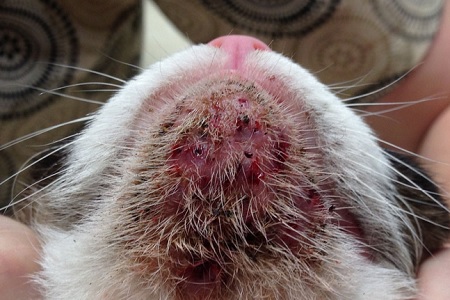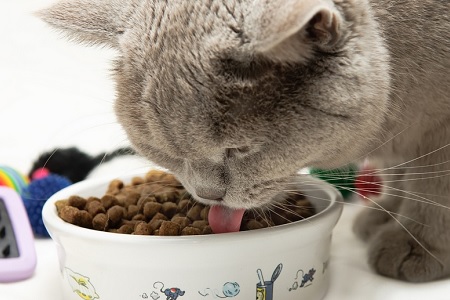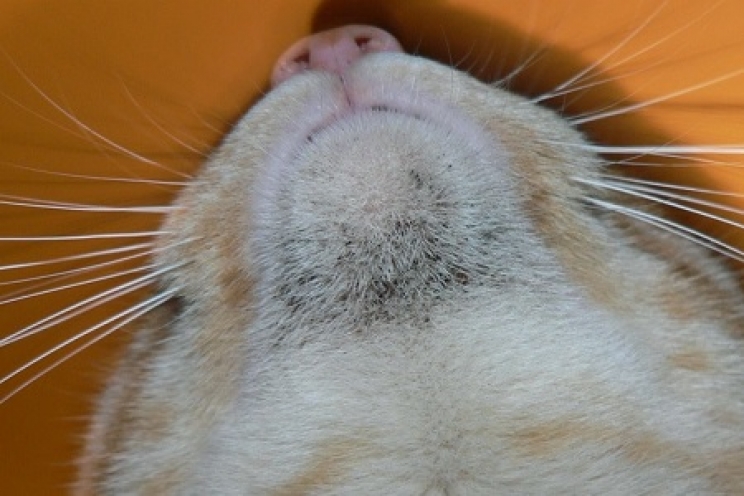One of the most curious aspects about our cats and that most owners ignore is that felines can also manifest the typical symptoms of acne, with pustules and blackheads on their chin. Let's see what acne looks like in cats and what are the tips and treatments to heal it.
What is feline acne?
Feline acne is not a real disease, just like for humans, it is more of a skin condition. Although harmless, acne can still represent a discomfort for the cat, perhaps not from an aesthetic point of view, but certainly practical, because blackheads can often become infected or inflamed.
When owners see the first scabs and the typical "outbreaks" of acne on their cat's chin, they often begin to think about the worst possible scenarios, perhaps assuming possible rubbing or injuries that the cat may have gotten at home or during raids in the garden.
In fact, owners usually fail to associate blackheads with a common acne problem, precisely because they simply don't know about it. So let's try to clarify the situation.

Cat acne is an inflammation of the glands that are located right around the animal's face. These glands have the job of producing and releasing sebum, a thick and oily substance that serves above all to protect the skin and keep it hydrated.
The glands are located right inside the hair follicles, that is, those structures from which the hair is "born".
Just like for us humans, in some cases it can happen that these glands produce too much sebum or that this is no longer able to come out, so it remains trapped inside the follicle, obstructing it. This phenomenon becomes visible externally with the formation of the classic blackheads.
Over time, these blackheads can become inflamed or infected, causing the area to become red. If the cat scratches himself it could cause bleeding.
In severe cases, acne can degenerate into serious infections, with the presence of pus, infected lesions and ulcers.
Causes of feline acne
There is no real cause for feline acne, but some situations can affect the appearance of the problem. Among these, we find above all:
- Insufficient hygiene done by cat;
- Plastic bowls or bowls that are not washed frequently;
- Excessive production of sebum;
- Stress;
- Food allergies and intolerances;
- Allergy to plastic;
- Infections by fungi;
- Presence of parasites;
- Hormonal imbalances.
Therapy
Treatment for feline acne varies according to the severity of the problem.
In the presence of simple and isolated blackheads, you can first of all opt for some precautions, precisely to reduce all those factors that can cause the appearance of acne.
In most cases, it will be necessary to periodically disinfect the area, following the directions given by your veterinarian. Usually warm water with mild neutral soap is useful, followed by applications of hydrogen peroxide or chlorhexidine
In the presence of pus or infected wounds, it may be necessary to apply antibiotic ointments or resort to the use of an oral antibiotic.
An excellent solution may be to give the cat vitamin A supplements, which are essential for skin health, especially if the animal's diet is unbalanced.
Tips to reduce or prevent feline acne
Regardless of the therapy recommended by the veterinarian, it is advisable to eliminate all possible causes of acne. In order to do this, we should:
- Replace the plastic bowls with the steel or ceramic ones;
- Wash the food and water bowls more often;
- Provide your cat with a balanced diet;
- In case of suspected food intolerance or allergy, follow a diet with single-protein or nutraceutical foods;
- Cleanse the chin area often, especially after meals.
The situation should improve within a few weeks. In any case, it is always important to consult the opinion of your veterinarian both for the exact diagnosis of the problem and for the type of treatment to follow.










